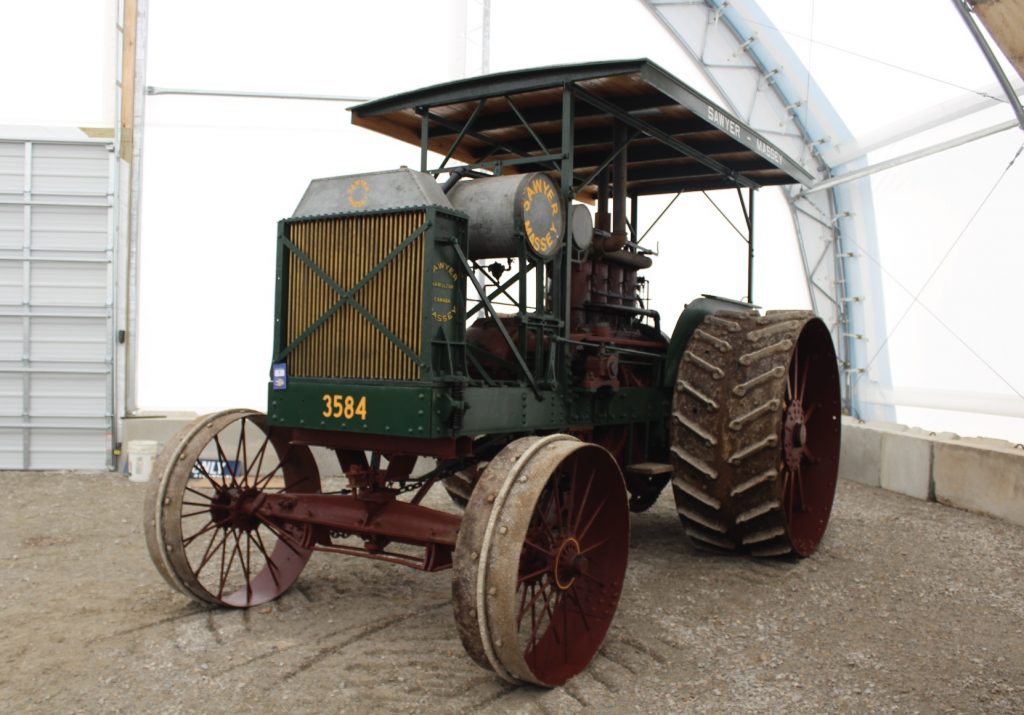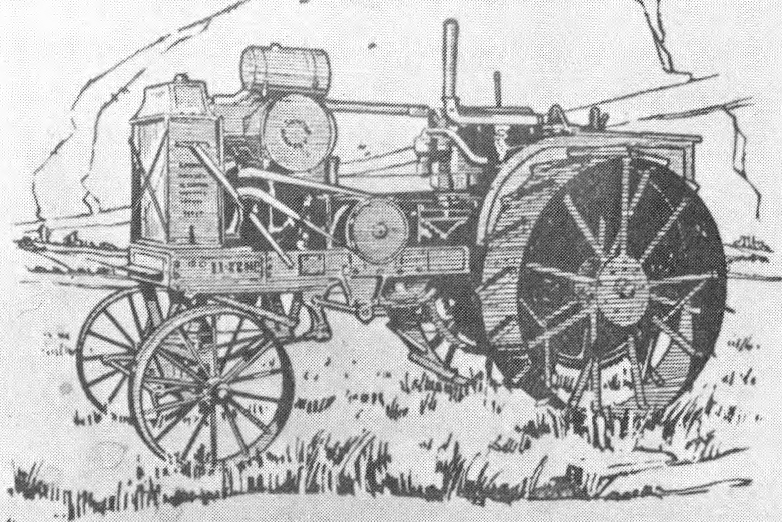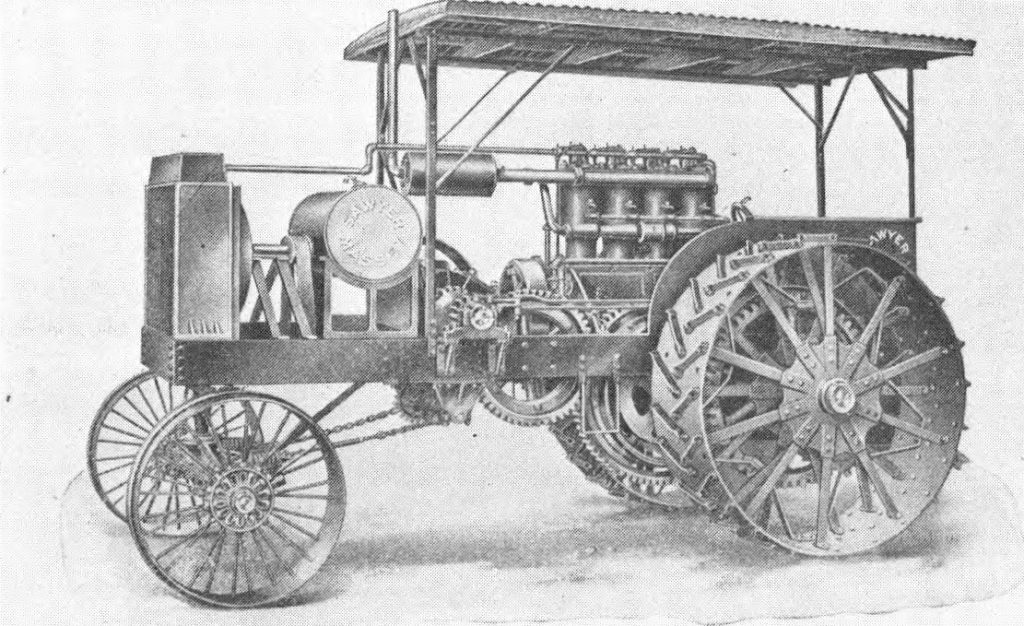Models
Model |
Configuration |
Years |
# Produced |
|---|---|---|---|
| 22-45 | 1911 |
||
| 20-40 | 1916 |
||
| 10-20 | 1917 |
||
| 25-50 | 1917 |
||
| 27-50 | 1918 |
||
| 11-22 | 1918-1922 |
||
| 17-34 | 1918-1922 |
||
| 12-25 | 1920-1923 |
||
| 18-36 | 1920-1924 |





